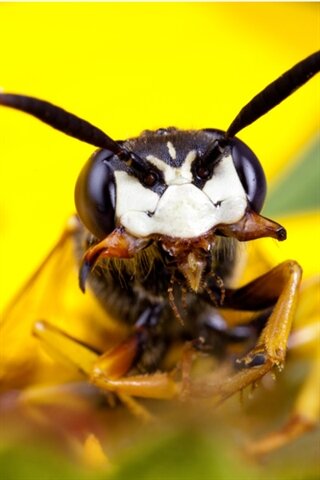Preventing Erosion and Invasive Species in Maine
Spring is here, and most people are excited to spend time outdoors again. Whether you're a gardener or a hiker, you can make a difference by noticing characteristics of the landscape around you while out in the great outdoors. Are there signs of erosion? Are there any invasive plants or species?
Erosion
Erosion is a natural process. Wind, water, or debris wear away soil, rock, or other natural resources. But too much kills plants, repels wildlife, and destroys aesthetics. Look for telltale signs of this problem – cloudy water in rivers, ponds, or birdbaths, or water that flows down your driveway or field. Watch for crumbled stream banks or plants on “pedestals” of soil. These plants’ original homes have eroded away, and they are trying to reach new oxygen sources. To prevent erosion, you can construct natural buffers with shrubs and trees or deter it with mulch or brush.
Invasive Species
Many invasive species are “exotic” – those that have been accidentally – or purposely – introduced to areas outside their natural habitat. While on your woodlot or walking in the woods, you can help with early detection of non-native invasive species. These include Japanese barberry, Japanese honeysuckle, and Multiflora rose (pictured above). They spread too aggressively and choke out other plants. Using your smart phone, you can help map the location of invasive plants. Preventative monitoring is one of the best ways to deter this plant growth. To learn more about invasive plants and how to control them, click here.

